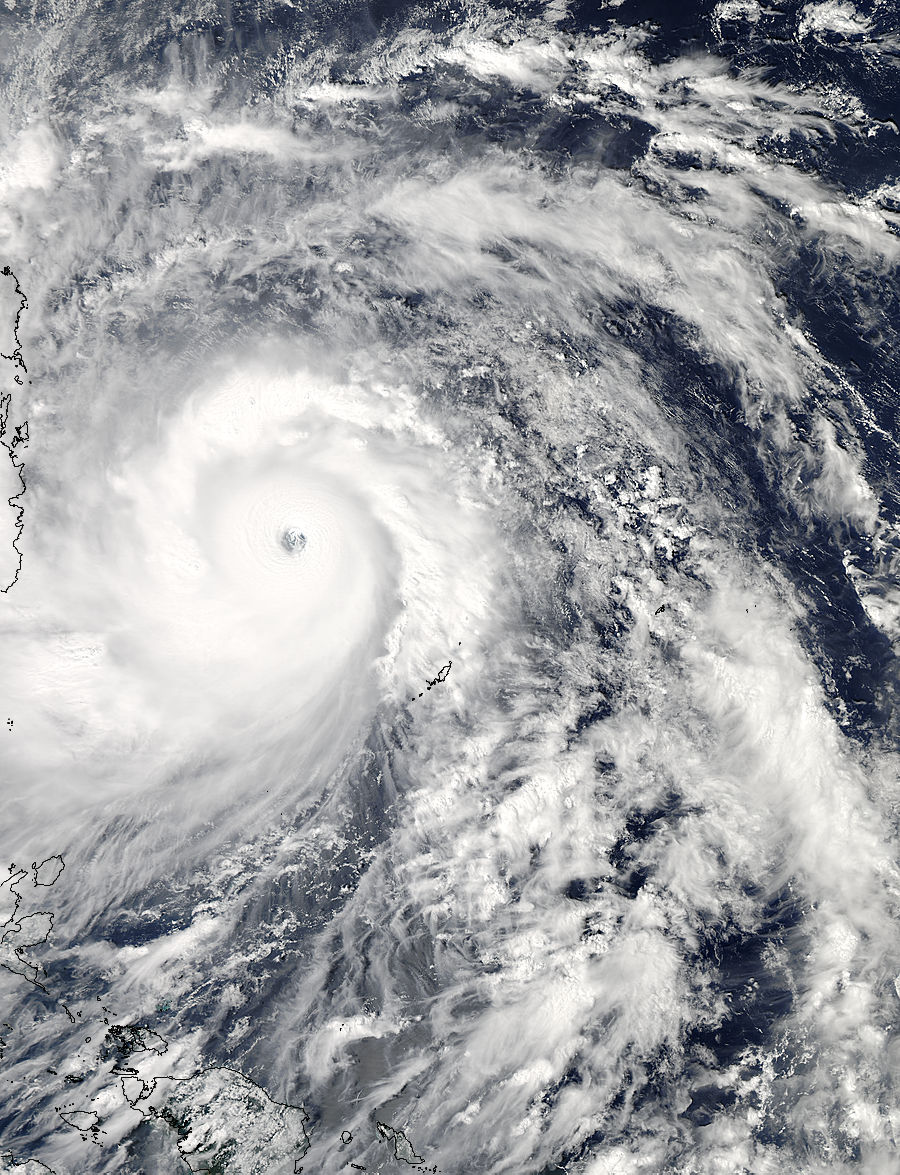
Figure 1 – Pacific Typhoon Haiyan approaching the Phillipines on Nov. 6, 2013, Image Credit:
NASA Goddard MODIS Rapid Response Team, in the public domain.
As I am writing Typhoon Haiyan is barreling down on the central and southern Phillipines. Robotic eyes from spacing are watching the whole story unfold, and despite the natural beauty of these space images, we are, unfortunately, certain to see much worse in the days to come as scenes of the human tragedy unfold.
Haiyan has achieved status as a Category 5 hurricane. According to Brian McNoldy, a Senior Research Associate at the University of Miami’s Rosenstiel School of Marine and Atmospheric Science in Miami, Fla.,”Haiyan has achieved tropical cyclone perfection. It is now estimated at 165kts (190mph), with an 8.0 on the Dvorak scale… the highest possible value.” Haiyan is approximately 500 mi in diameter. Some believe it to be the most powerful typhoon ever recorded. The image shown in Figure 1 was taken from the MODIS instrument aboard NASA’s Aqua satellite on Nov. 7, 2013 at 04:25 UTC.
NASA has many robotic eyes trained on Haiyan. These are the ever watchful sentinels of Earth. They study wind, temperature, and pressure. The trouble with robotic eyes, at least for now, is their intrinsic lack of soul. They do not feel or empathize. Still save many lives will be saved by virtue of the warnings that they provide and by the knowledge base that they build. Looking at images like this, simultaneously so beautiful and so terrible, I cannot help but recall the words of J. Robert Oppenheimer (1904-1967) and of all the world’s mythologies that his phrase evokes.

Pingback: Zooming in on Tacloban | Hati and Skoll Gallery